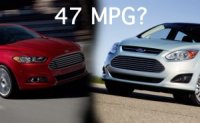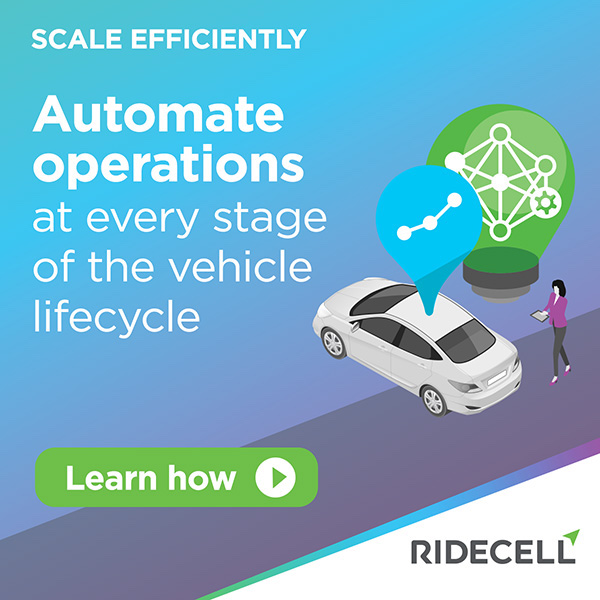
The US Environmental Protection Agency is changing its practices and will be more closely monitoring automakers’ fuel economy ratings, according to Jeff Alson, a senior EPA engineer. Alson spoke at a University of Michigan conference last week and addressed questions from Automotive News about follow ups to the scandal last fall from Hyundai and Kia overstating mileage claims on several of their models.
The EPA is still analyzing the best way to communicate fuel-economy ratings to consumers, Alson said. Hybrids and electric vehicles complicate matter as they can perform differently depending on weather conditions and how they’re driven. Coming up with precise numbers for any vehicle isn’t possible, Alson said. “A good general rule of thumb is that real-world fuel economy is about 20 percent lower than the lab numbers,” he said.
The controversy is also taking place in the wake of controversy over Ford Motor Co. and EPA’s 47 miles per gallon combined city/highway ratings for the 2013 Ford C-Max and Fusion Hybrid. Consumer Reports said it was more like the C-Max getting 37 combined mpg and the Fusion Hybrid 39 combined mpg after conducting extensive driving test trips. Ford is facing a lawsuit in California from a man who says his C-Max hybrid isn’t getting the advertised rate of 47 mpg.
Questions are hovering over whether automakers will meet the high target of reaching 54.5 mpg fuel economy by 2025 and accompanying greenhouse gas emissions reductions. The US market is seeing fuel economy rise each year, but it will mean a big leap forward and additional incentive points coming from zero emission and alternative fuel vehicles. Lightening up vehicle sheet metals, platforms and components, and making engines more fuel efficient, is the biggest play in the game.




